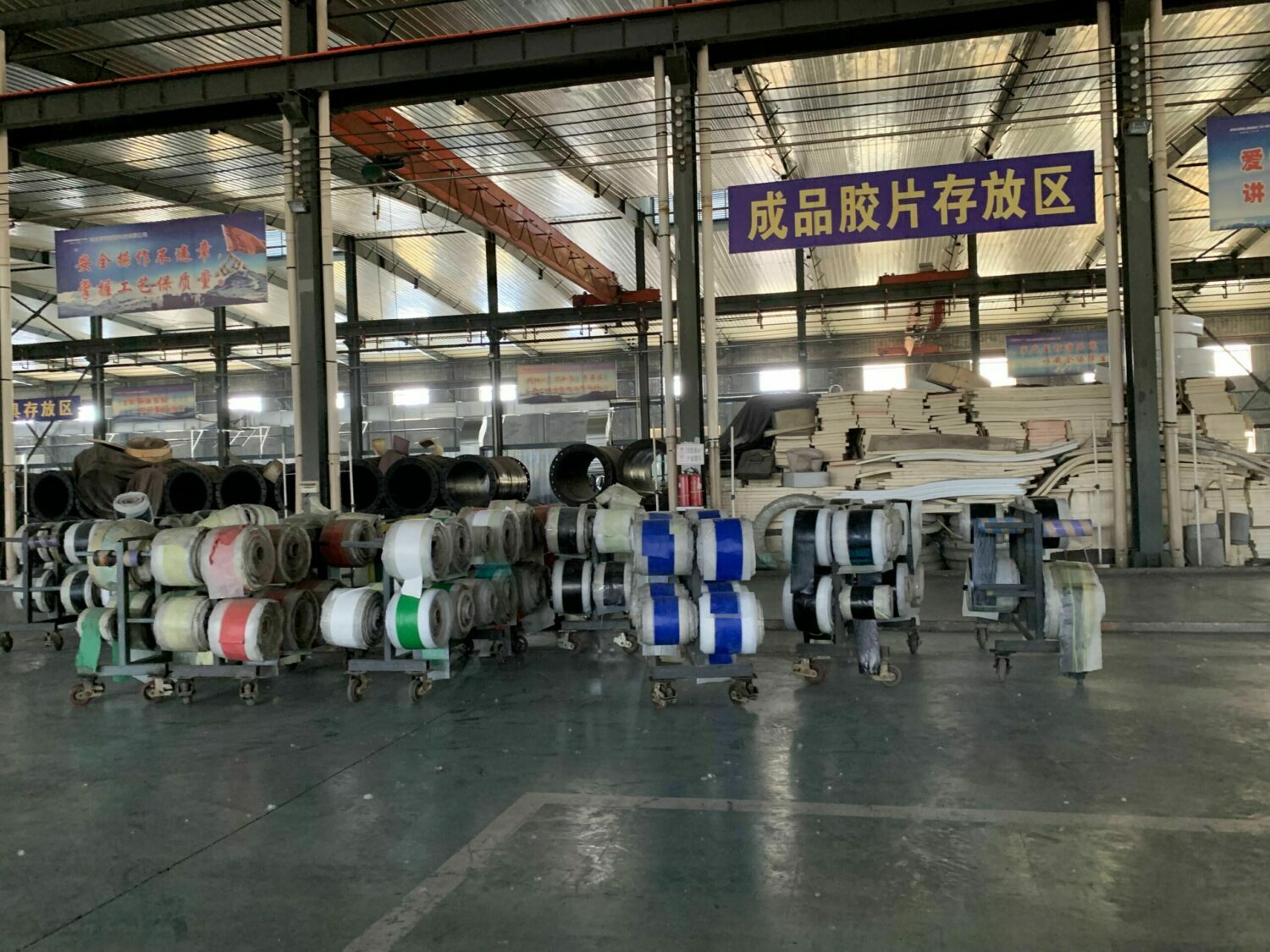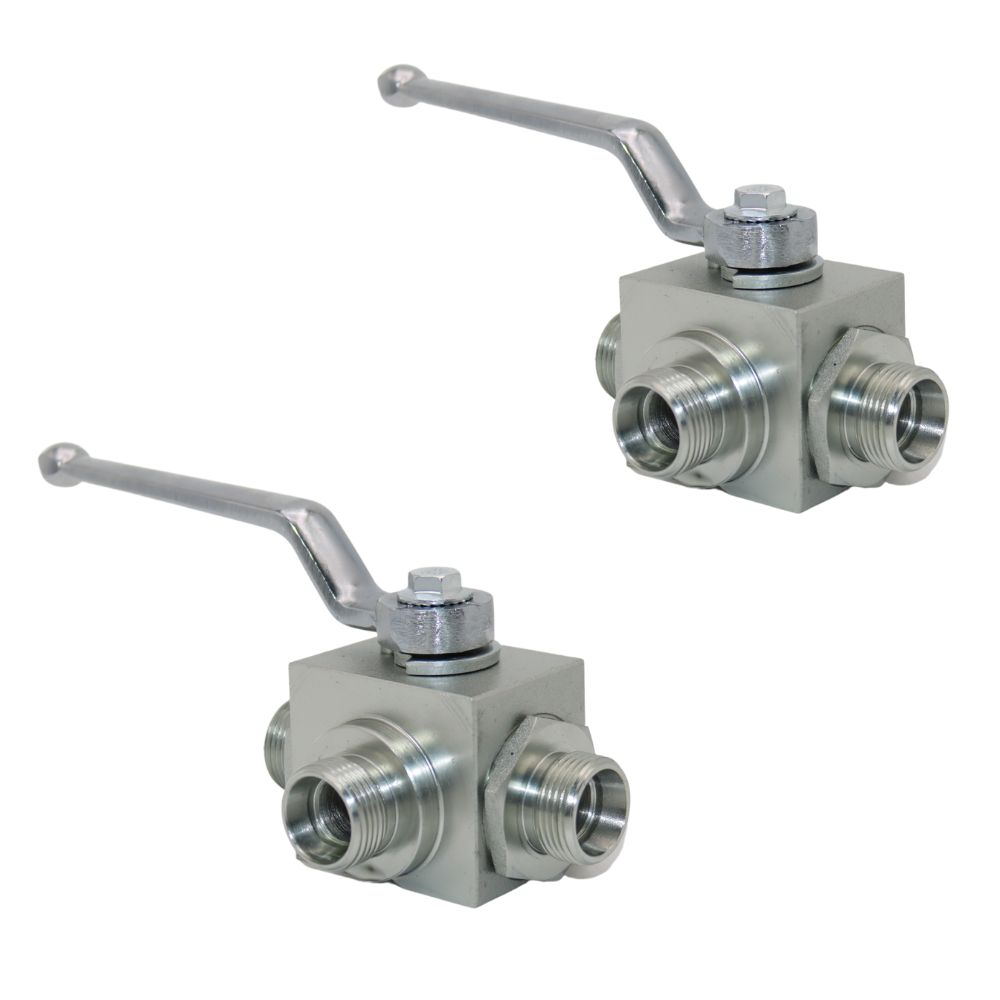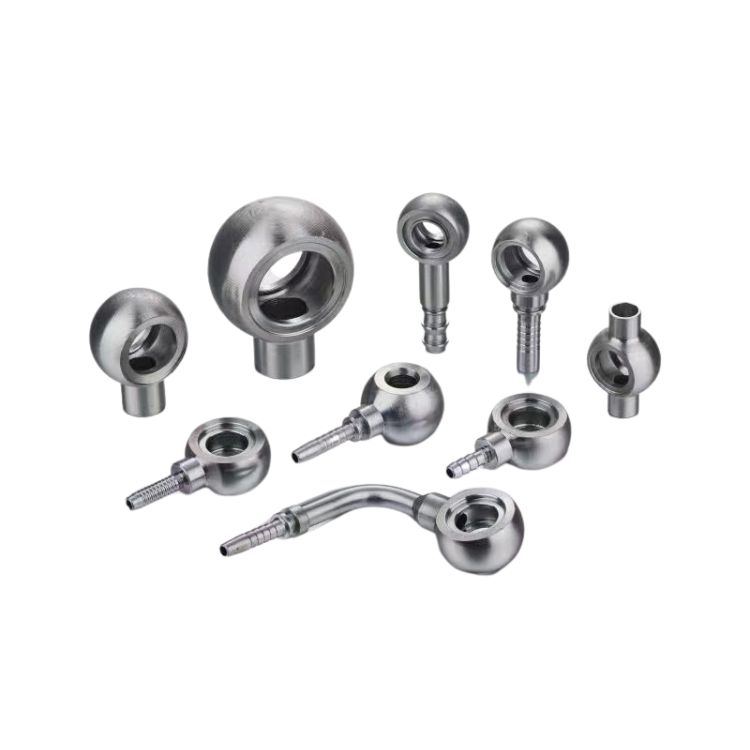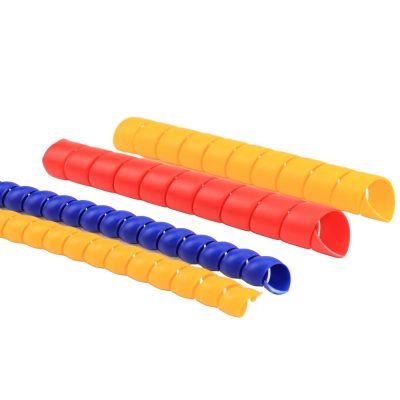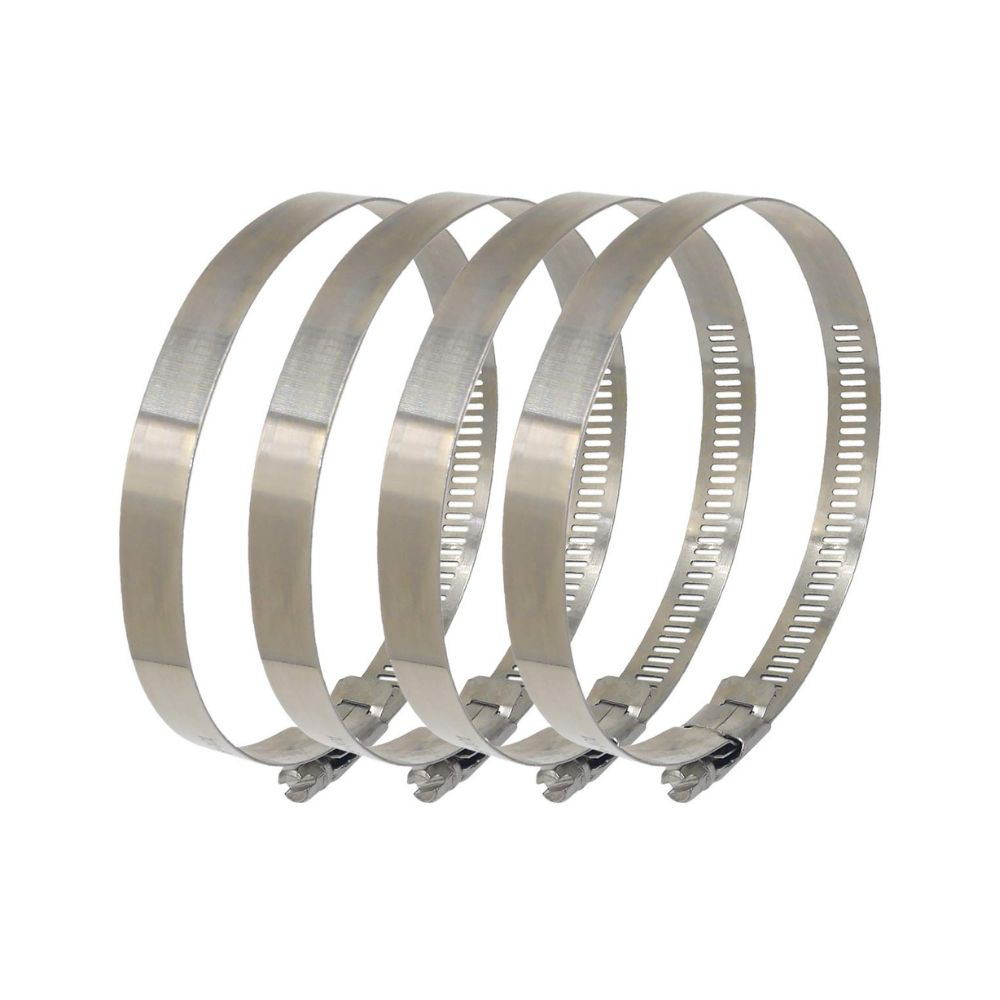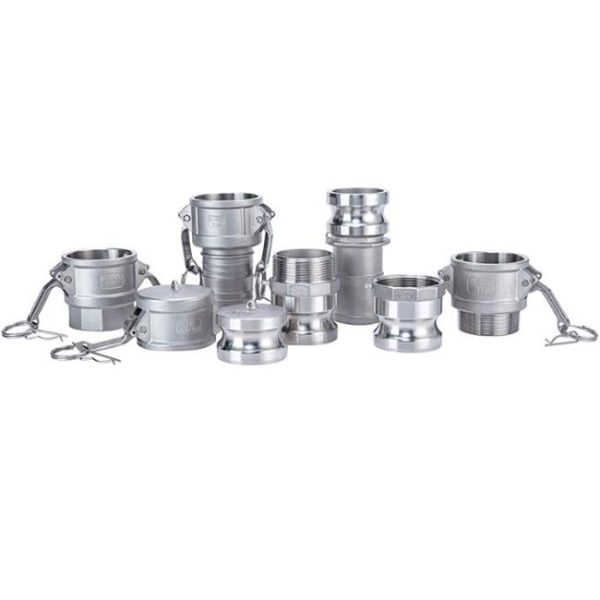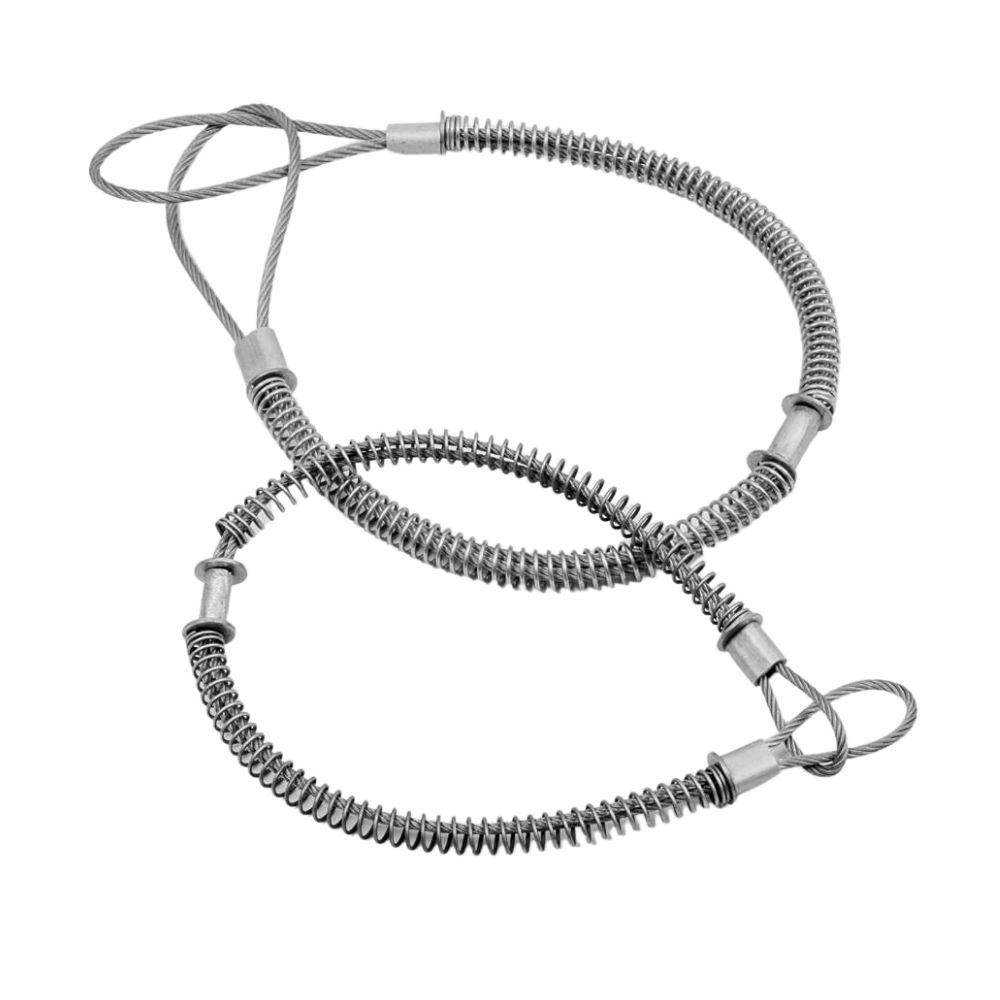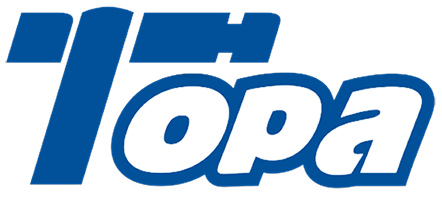Industrial Hose Manufacturer
◆ Durable
◆ High-quality
◆ Easy to assemble
◆ Easy to operate
Compatible Industrial Hose manufacturer in China
In a broad sense, industrial hose is a hose product other than hydraulic hose products. They are typically made from a variety of materials, such as rubber, PVC, or stainless steel, and can be used for a wide range of applications, including chemical transfer, food and beverage processing, and bulk material handling.
Product List
Topa offers a large number of high-quality and cost-effective industrial hoses. The most prevalent categories of industrial hoses are the following: chemical transport hoses, steam hoses, lay-flat hoses, food and beverage transport hoses, and PVC hoses, among others.
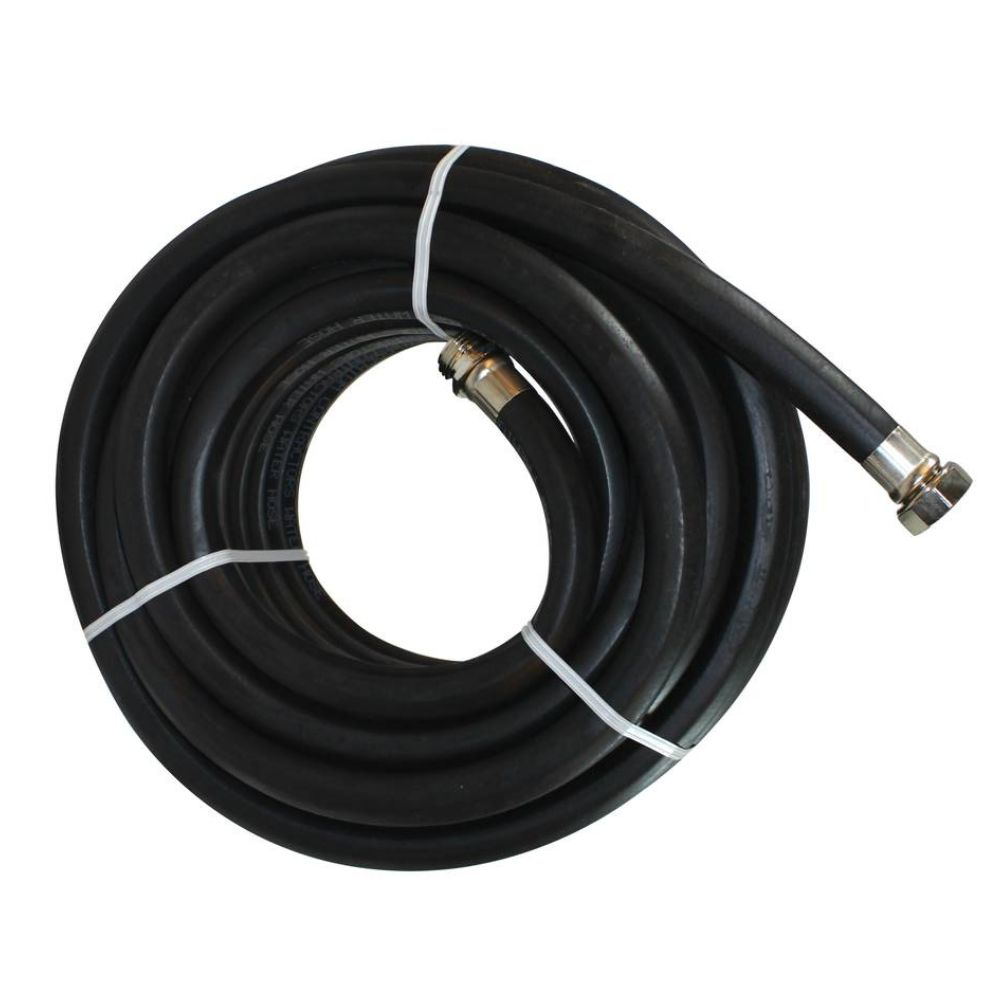
Heavy duty industrial hose
Heavy-duty industrial hoses are abrasion resistant and crash resistant, and can be used with industrial hose fittings.
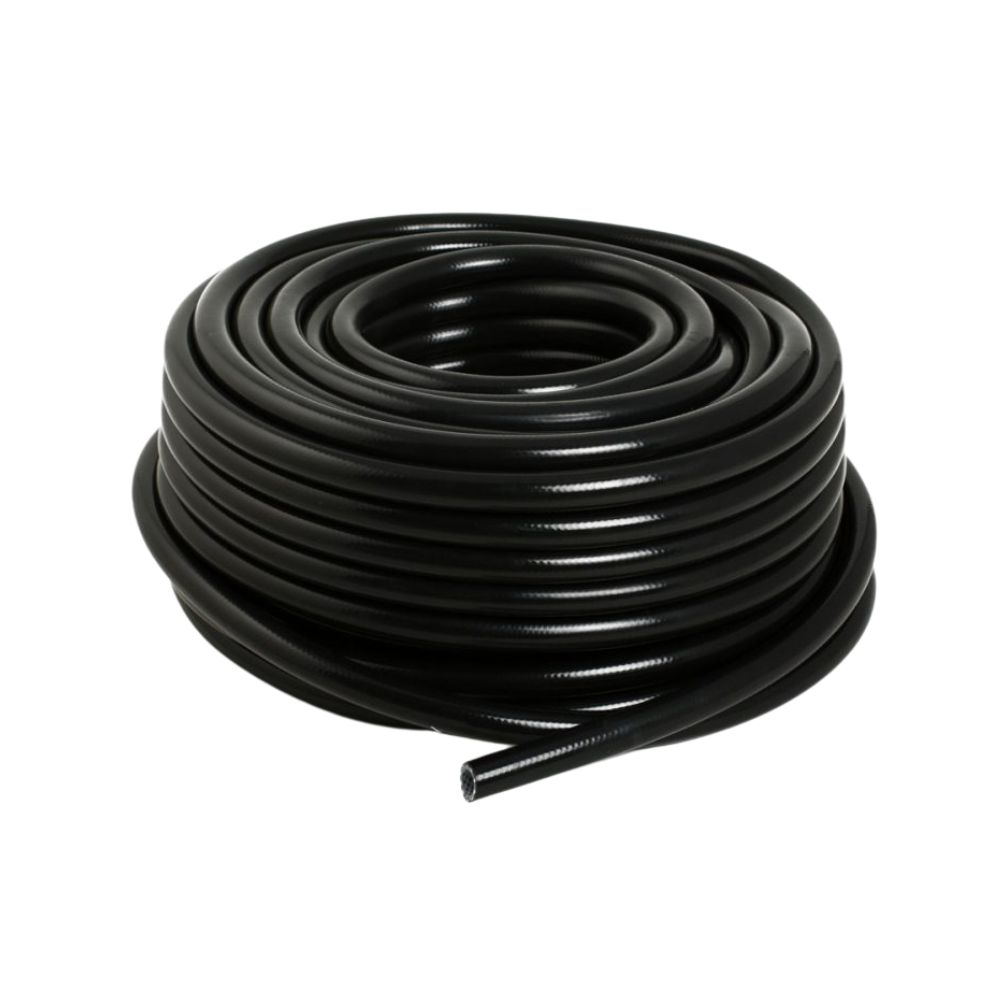
High temperature industrial hose
High-temperature industrial hoses allow high-temperature air and liquids to pass smoothly.
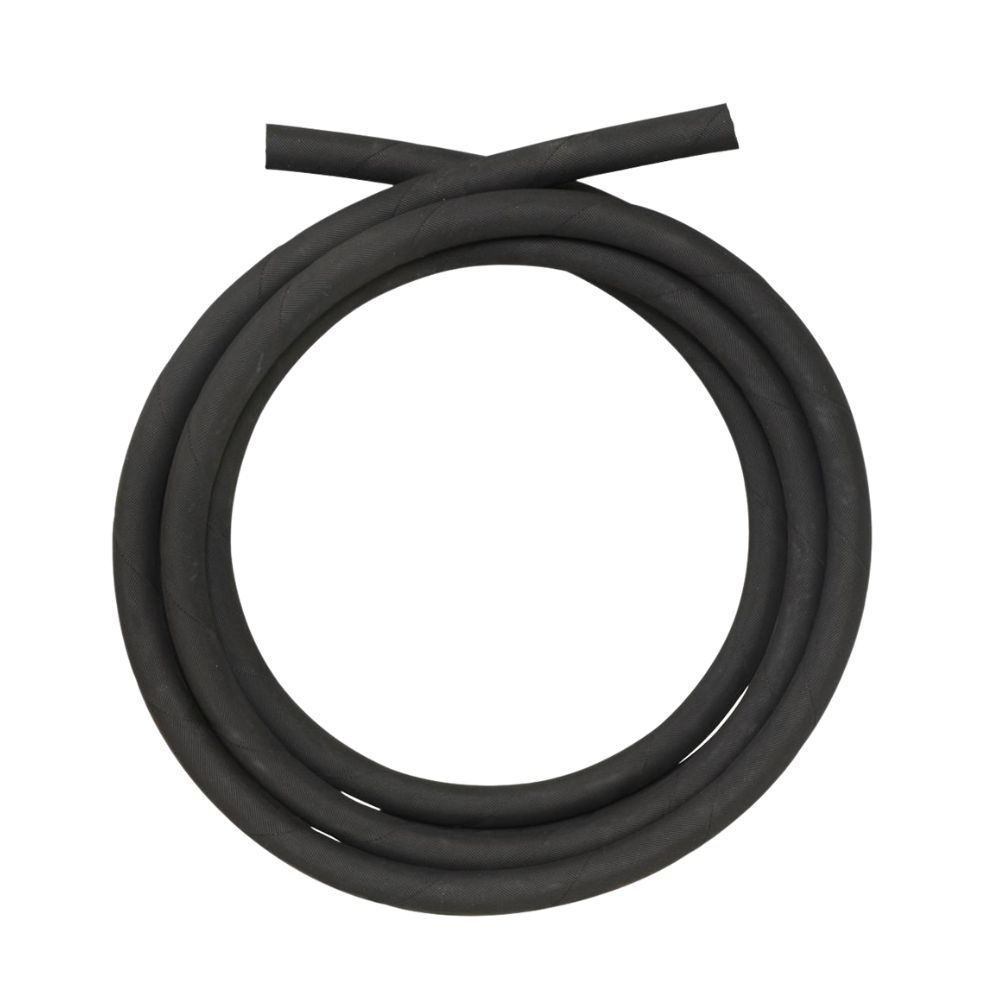
Industrial air hose
Industrial air hoses can also be called industrial air compressor hoses and can be used in many applications.
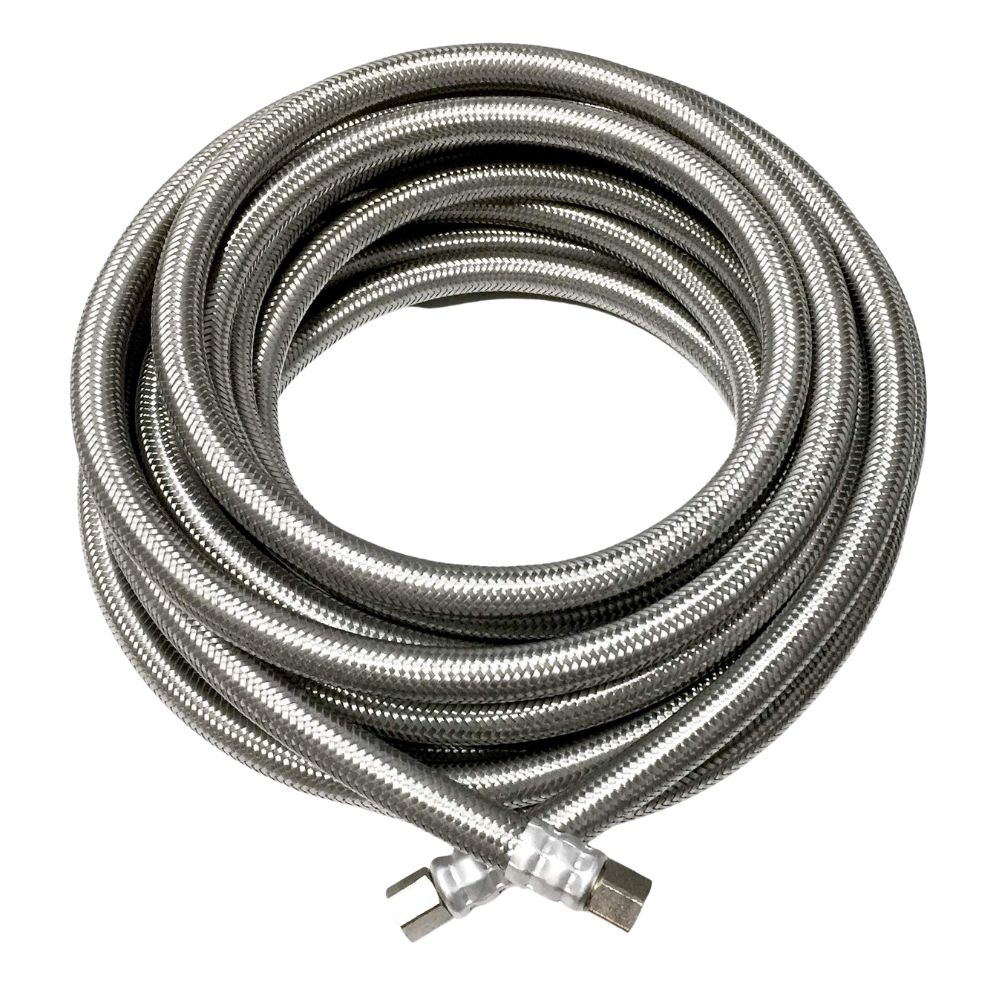
Industrial braided hose
The industrial braided hose has a protective layer of metal braid that protects against shocks and abrasions.
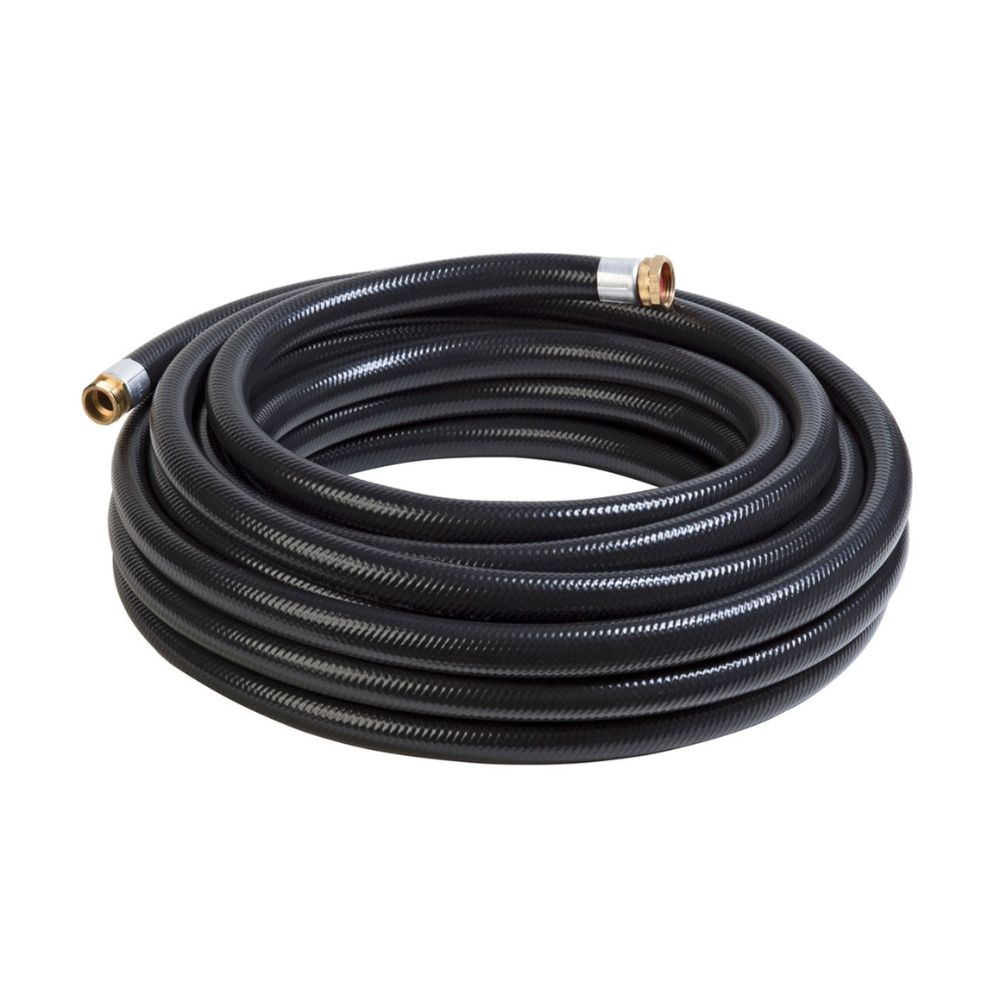
Industrial garden hose
Industrial garden hose is a low-pressure hose used to irrigate gardens, ponds or to wash down the outdoors.
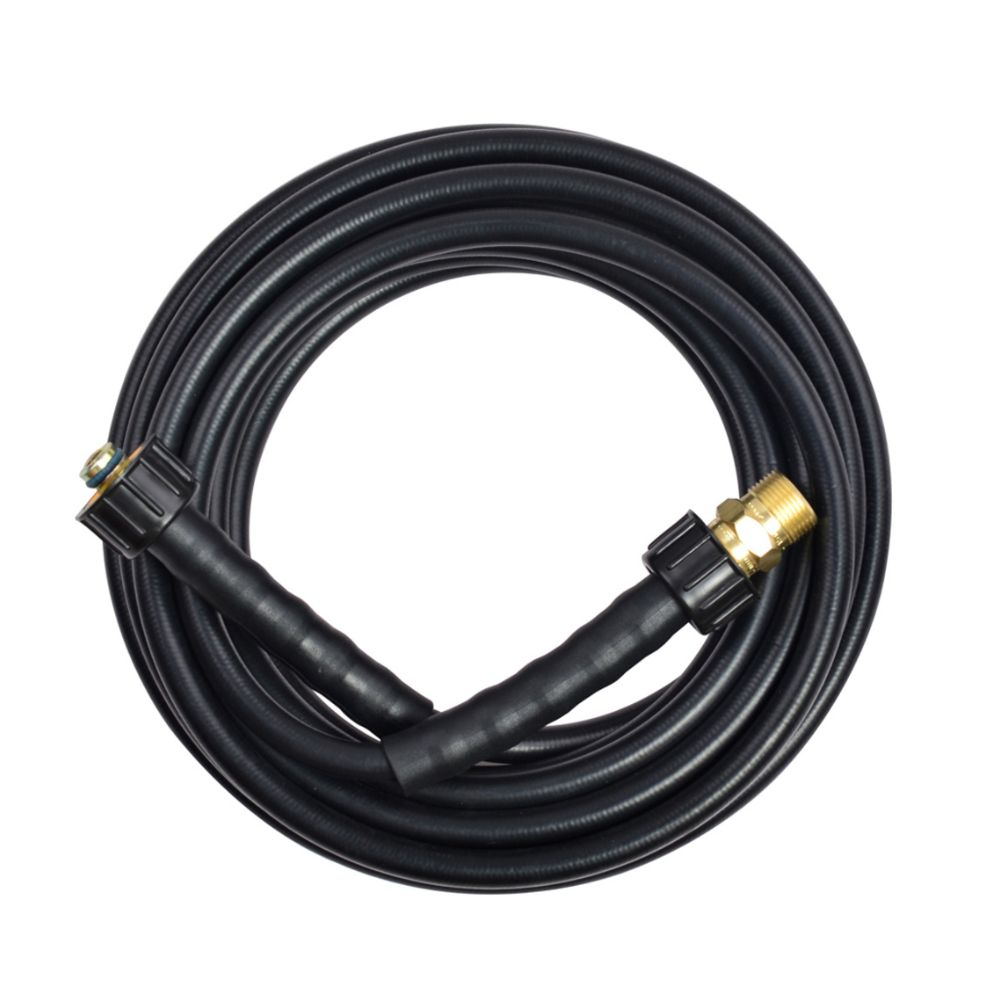
Industrial pressure washer hose
Industrial pressure washer hoses can pressurize water, which is then used to clean the surface of objects.
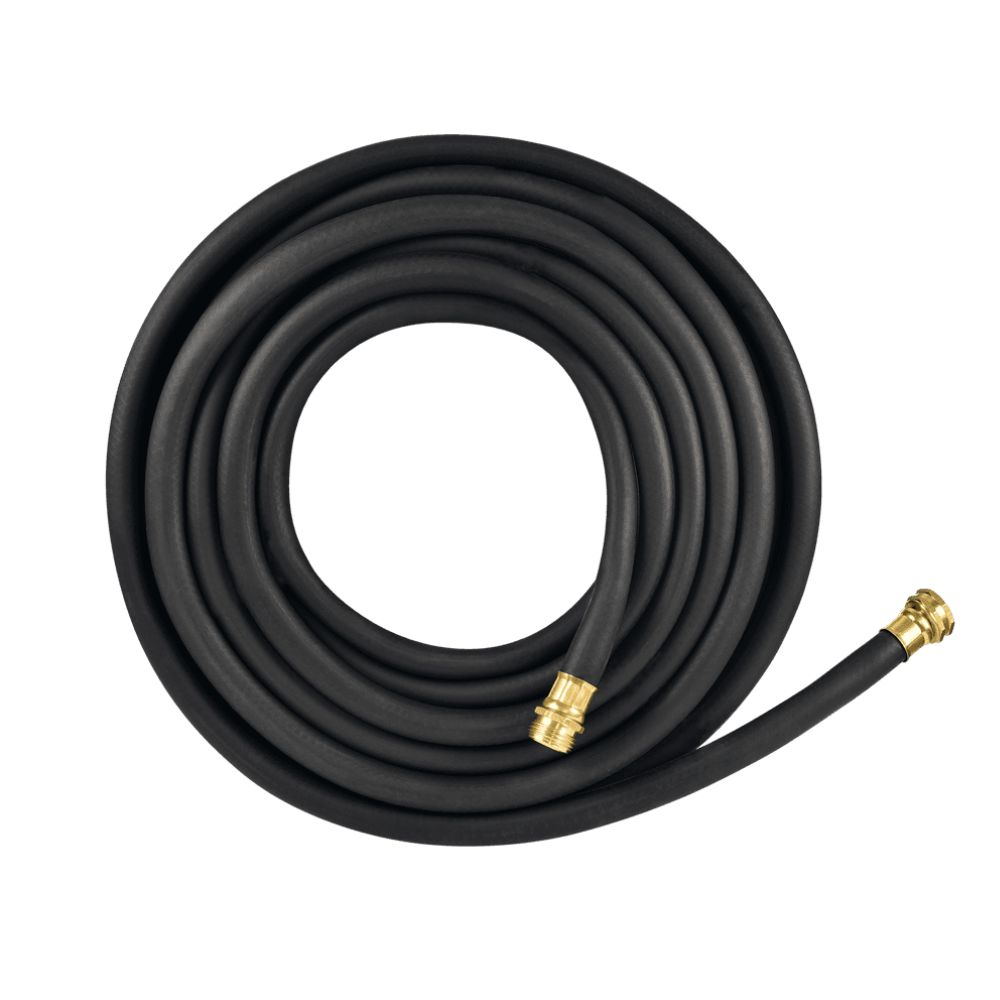
Industrial rubber hoses
Industrial rubber hoses are made of rubber that can be used with water, oil, gas, etc.
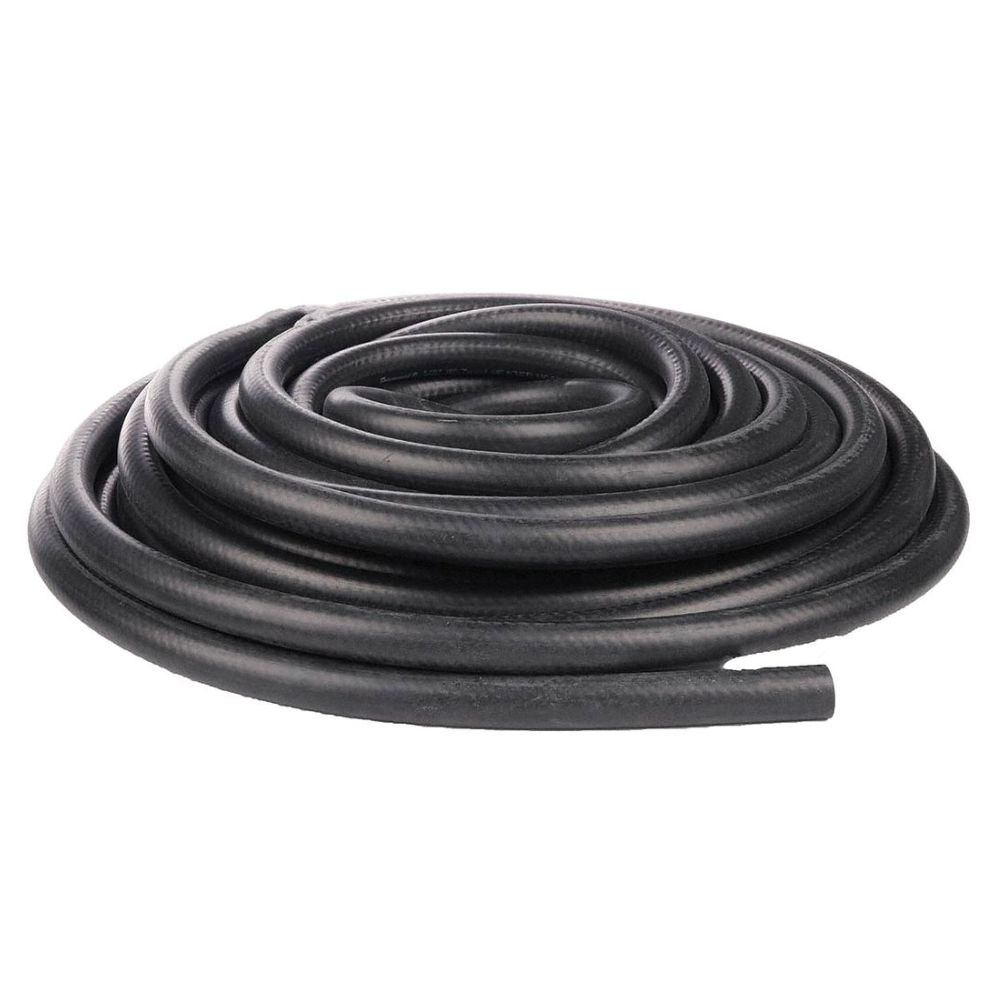
Industrial steam hose
Industrial steam hoses can tolerate high temperatures and pressures. High-quality and useful.
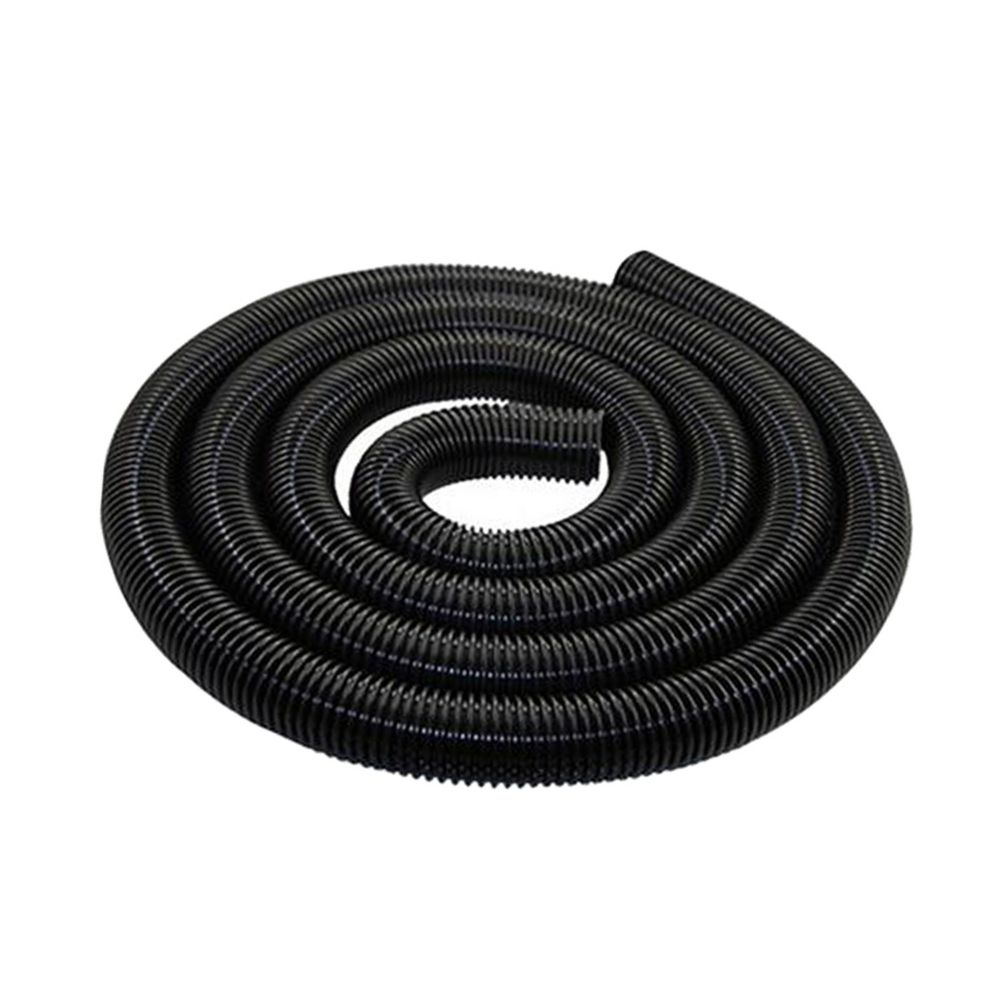
Industrial vacuum hose
Industrial vacuum hose is light and flexible, allowing it to be used in many scenarios.
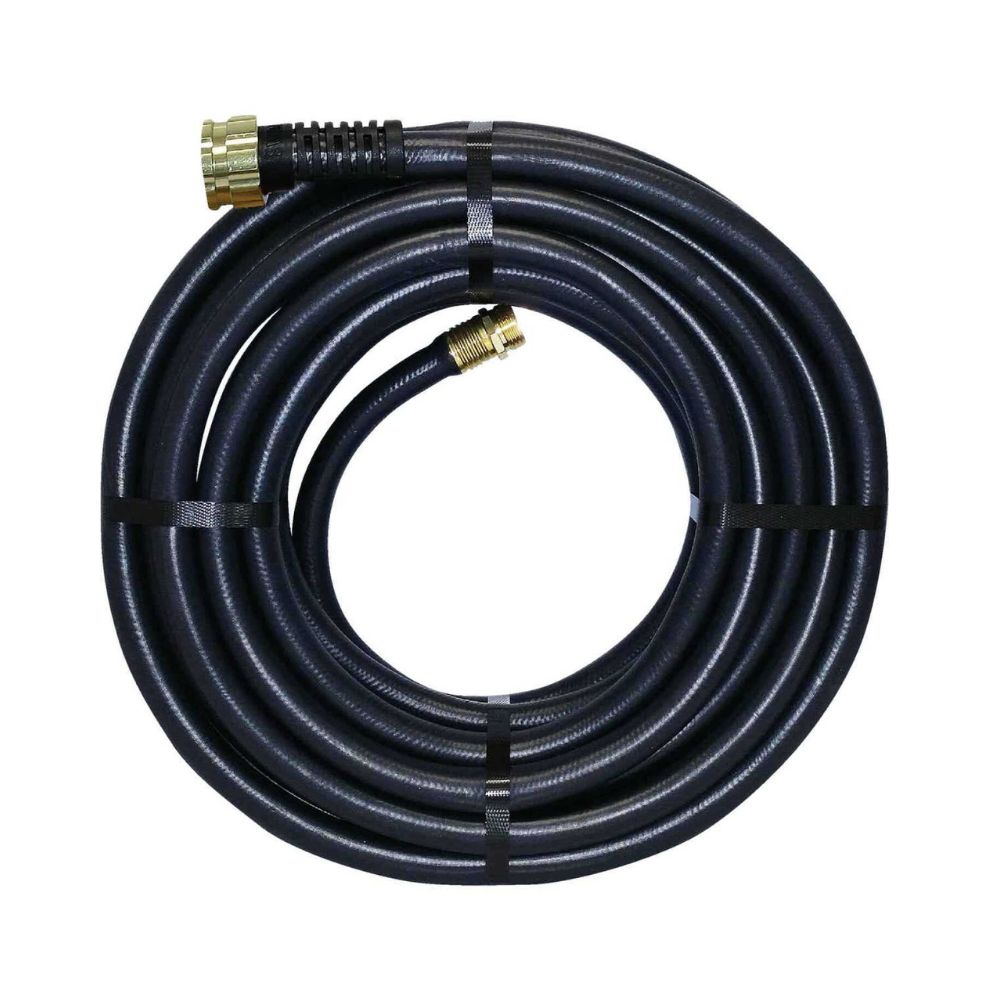
Industrial water hose
Industrial water hose is a kind of industrial hose used to transport water, usually made of rubber and other materials.
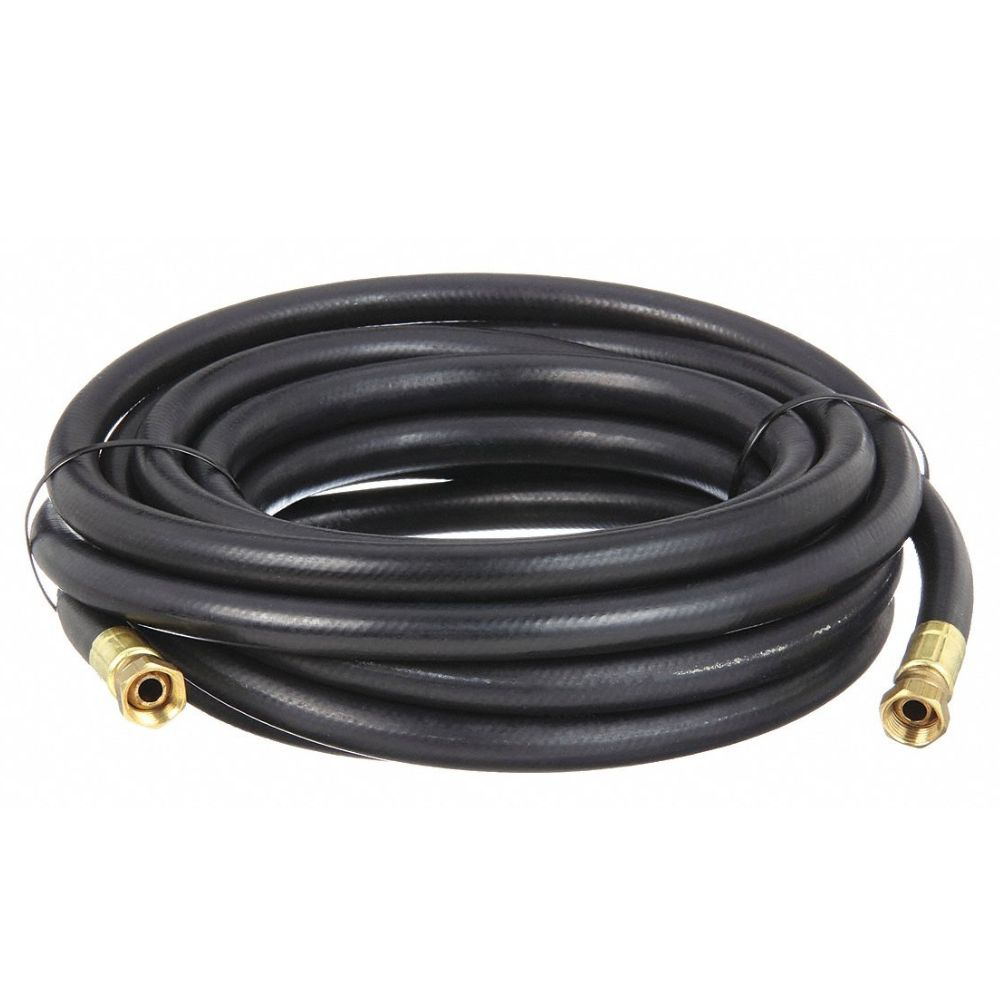
multi-purpose industrial rubber hose
Multi-purpose industrial rubber hoses are very versatile and can be used with air, oil, water, natural gas, etc.
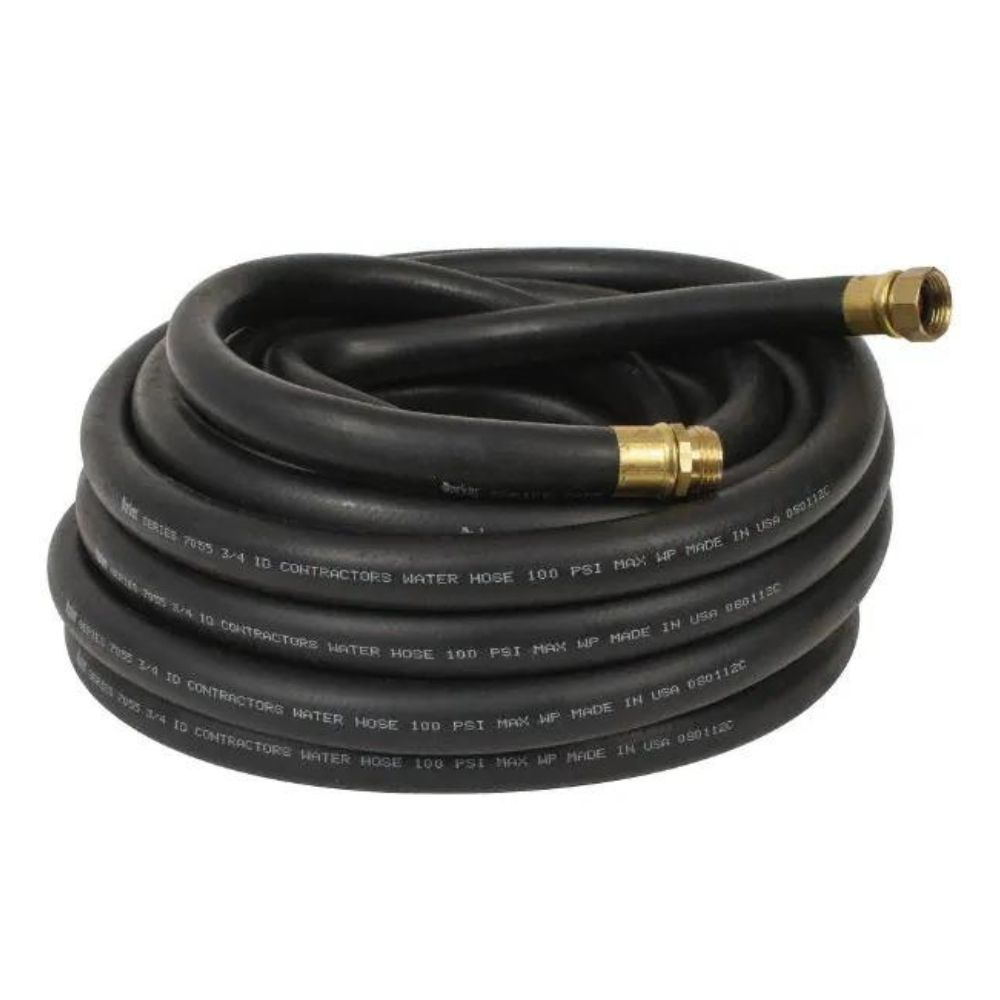
Parker industrial hose
Parker Industrial Hose is Parker's standard industrial hose that can be used with Parker industrial hose fittings.
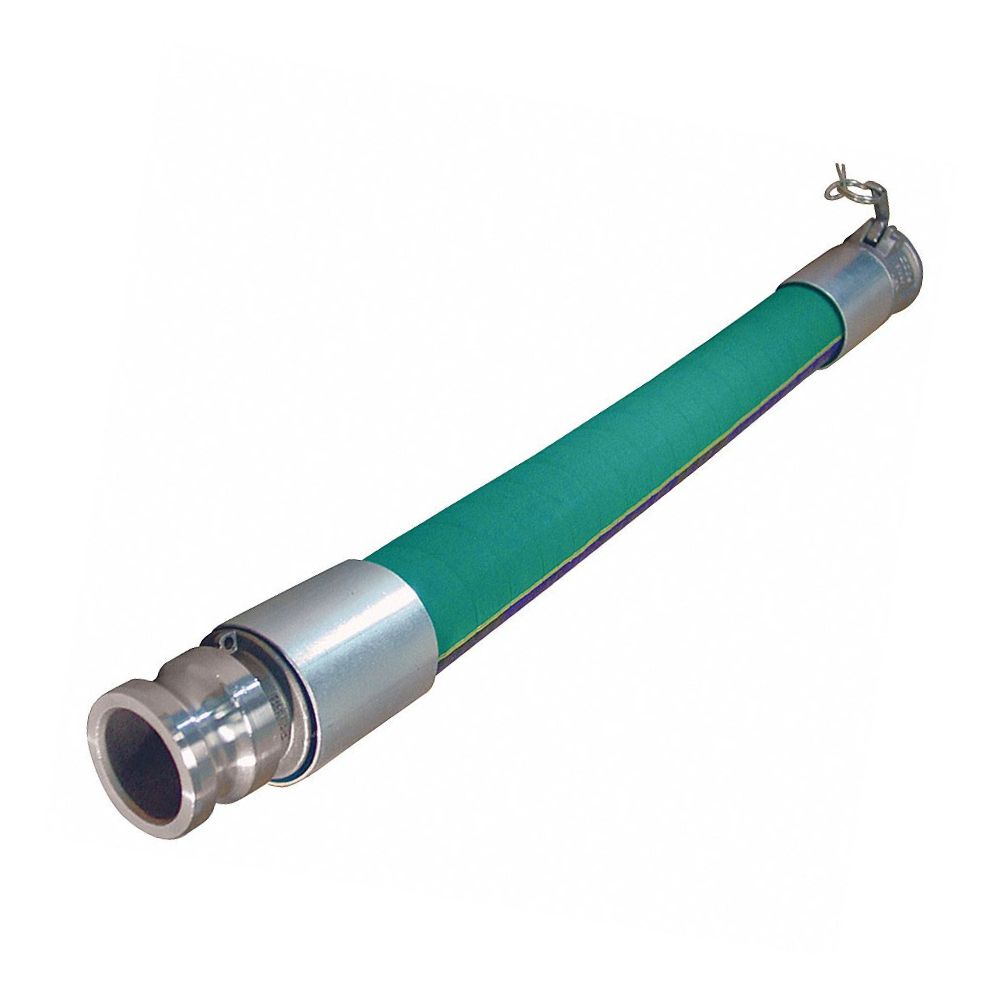
Industrial chemical hose
Industrial chemical hoses allow the passage of chemicals and will not be easily corroded or penetrated.
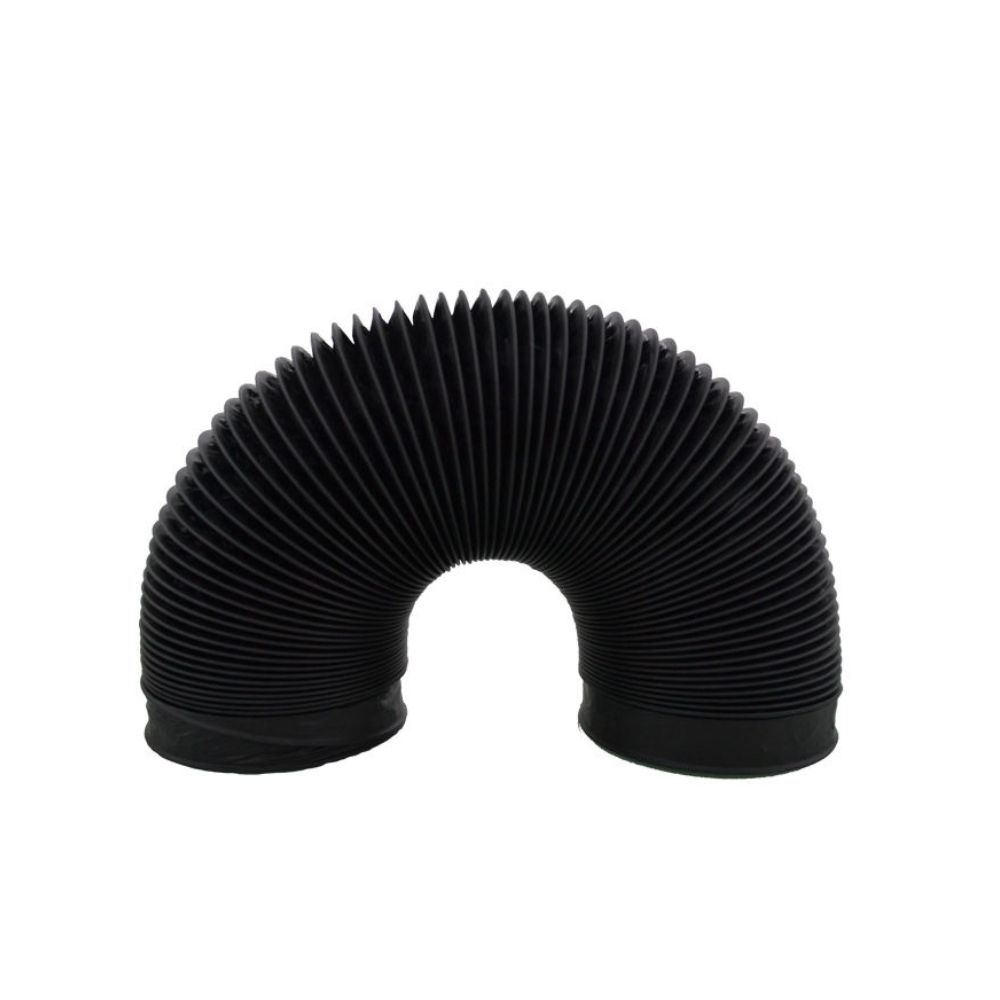
Industrial ducting hose
Industrial duct hose is light and easy to bend, and can be used for air venting, dust extraction, blowing, etc.
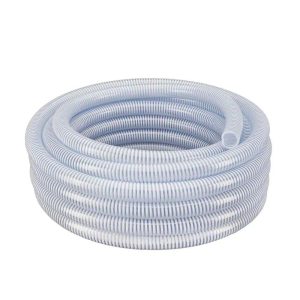
Industrial suction hose
Industrial suction hose can be used in many applications where water suction is required.
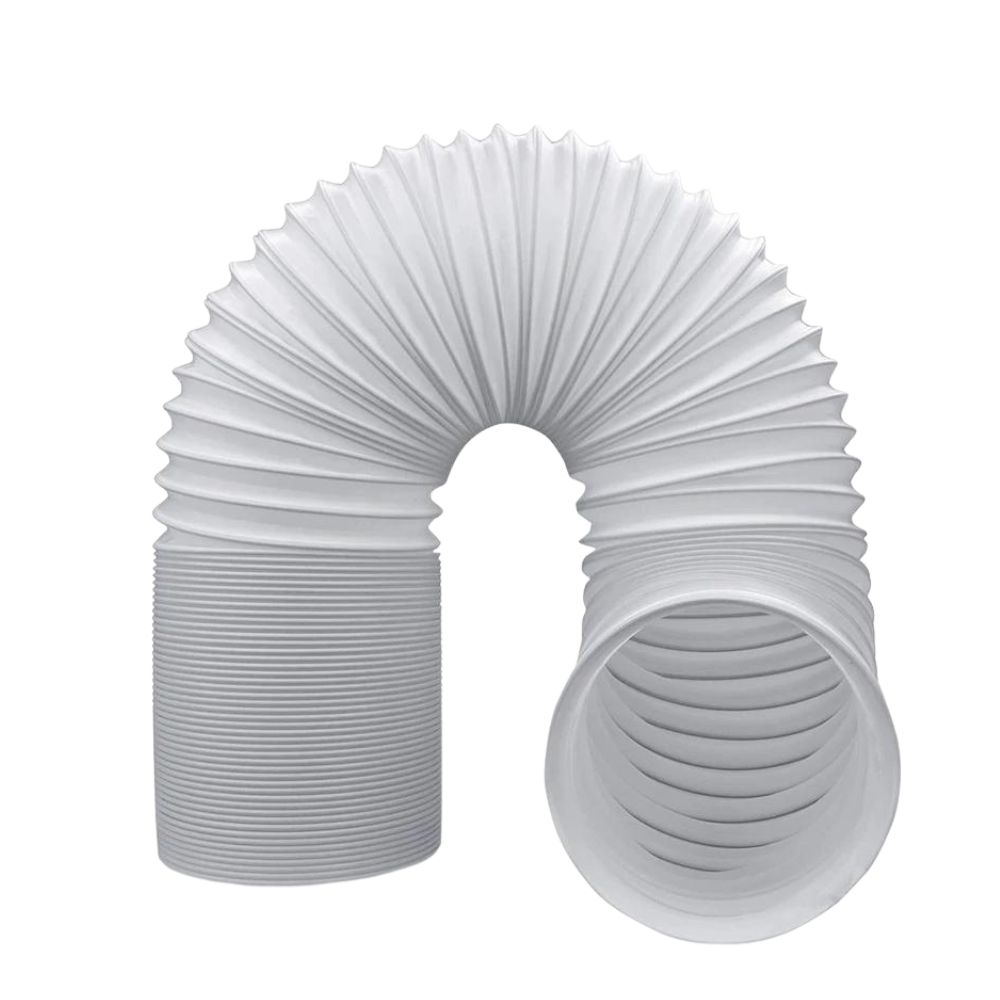
Industry air conditioning hose
Industrial air conditioning hoses can be applied to air conditioners. Durable and flexible.
Industrial hose video
This video shows Topa’s industrial hoses in detail, please click to check it.
Topa manufacturer hydraulic fittings
This viso is about topa company, we supply different kinds of hydraulic fittings. If you want to know more information, please feel free to contact us.
Your reliable Induatrial Hose Supplier
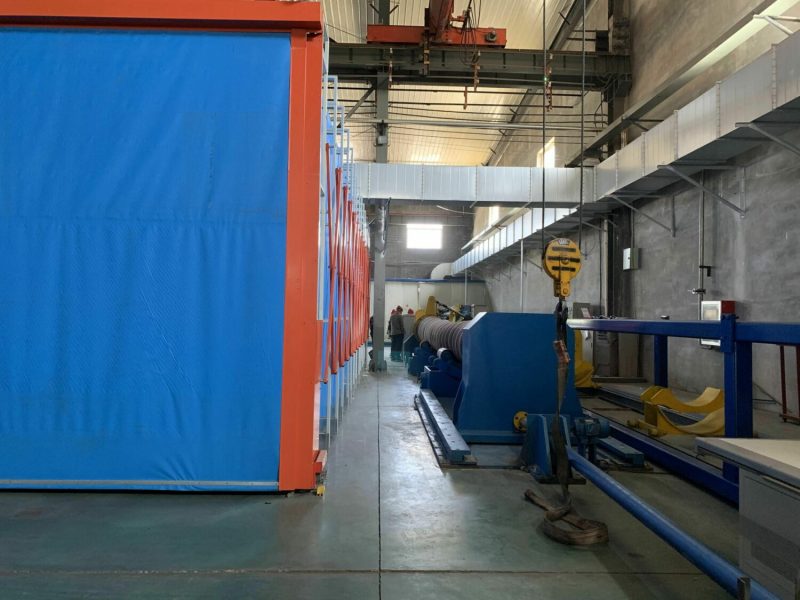
Industrial hoses are often reinforced with multiple layers of material to improve their strength and durability, and they may also be equipped with fittings or couplings to facilitate connections to other equipment. Industrial hoses are made of many different kinds of materials, so different materials are used in different areas of hose applications. Typically, industrial hoses can be applied to: oil and gas, chemical, material handling, agriculture, transportation, construction and other industries.
1.Multiple usages
2.Top quality
3.Durable
4.Strength
5.Different material
Why choose us
Topa only specializes as a company that offers a wide range of industrial hoses, we also offer other industrial products, as well as hydraulic products. We can supply all types of hydraulic couplings, hydraulic cylinders, shrinkers, safety ropes, hose clamps, etc. If you have a need for other products as well, please contact our staff and we will reply to you as soon as possible.
We can also provide each customer with:
- Fast shipping
If you have placed an order, we will arrange the production and transportation for you as soon as possible, and try to transport the goods successfully in the shortest time.
- High level of product quality
We provide high quality products that can meet your needs.
- Suitable price
We will try our best to provide you with suitable price, while the quality of the product reaches excellent.
- Serious working attitude
Our staff will receive each customer with enthusiasm and strict working attitude, and provide a comfortable buying environment for customers.
Application
Industrial hoses are made of many different kinds of materials, so different materials are used in different areas of hose applications. Typically, industrial hoses can be applied to: oil and gas, chemical, material handling, agriculture, transportation, construction and other industries.
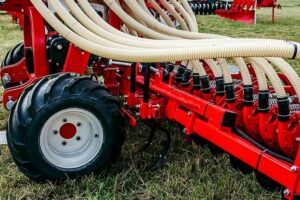
Agriculture
Industrial hoses play a big role in agriculture and can be used to transport water, food, etc. Topa offers high quality industrial hoses for agricultural use.
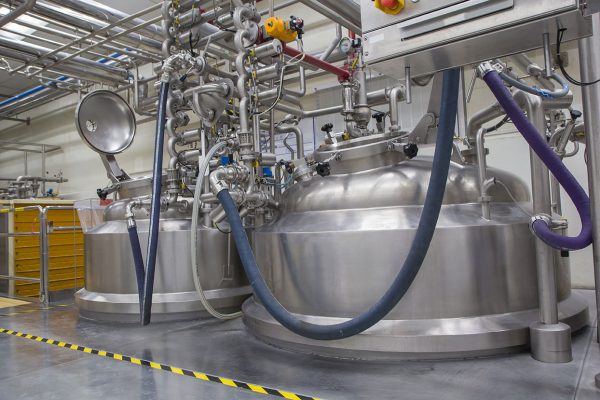
Chemical Industry
Topa offers top quality hoses for the chemical industry. They can tolerate the corrosion and penetration of chemical products into the hoses.
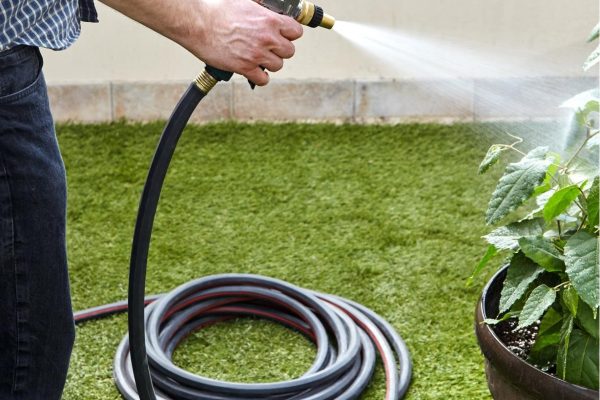
Garden
Garden industrial hoses can be used together with some accessories to water the garden, fill the pool, clean the outdoor floor or wall, etc.
Industrial Hose quality control
For each Topa product, multiple checks such as manufacturing monitoring, quality testing and packaging inspection are carried out to ensure the quality and level of the product.
FAQ
What is an industrial hose?
In a broad sense, industrial hose is a hose product other than hydraulic hose products, it has a large range of applications, a variety of dimensions, and a variety of materials.
what types of industrial hose are there?
The most prevalent categories of industrial hoses are the following: chemical transport hoses, steam hoses, lay-flat hoses, food and beverage transport hoses, and PVC hoses, among others.
What are the applications of industrial hoses?
Industrial hoses are made of many different kinds of materials, so different materials are used in different areas of hose applications. Typically, industrial hoses can be applied to: oil and gas, chemical, material handling, agriculture, transportation, construction and other industries.
What are the benefits of industrial hose?
The advantages of industrial hoses depend on the materials used in the hose, different materials have different advantages. So select the hose in accordance with your needs.
Can you get free sample?
If the product is in stock, then we can provide samples.
Why industrial hose leaks?
Industrial hoses generate leaks for the following reasons: improper installation, broken pipes, wrong type of fittings, and wrong application environment.
How to aviod an industrial hoses failure?
First, choose the correct material and size of the hose; second, with the correct installation sequence; third, regular inspection of the hose, if broken, immediately replace; finally, storage hose to choose the right environment, avoid moisture and exposure to the sun.
How to fix broken industrial hose?
Repair of industrial hoses, to determine the location of the breakage, and then need to cut down the broken hose, the next selection of suitable adapters for installation, and finally after the completion of the repair, check the seal and the use of the hose.
What are industrial hoses made of?
The material of the industrial hose depends on the pressure, acidity, temperature, and number of objects to be transferred into the environment. The most common materials of industrial hoses are rubber, metal, PVC, silicone, nylon, etc.
How long does it take to ship?
If you place a successful order, we will arrange transport as soon as possible.

